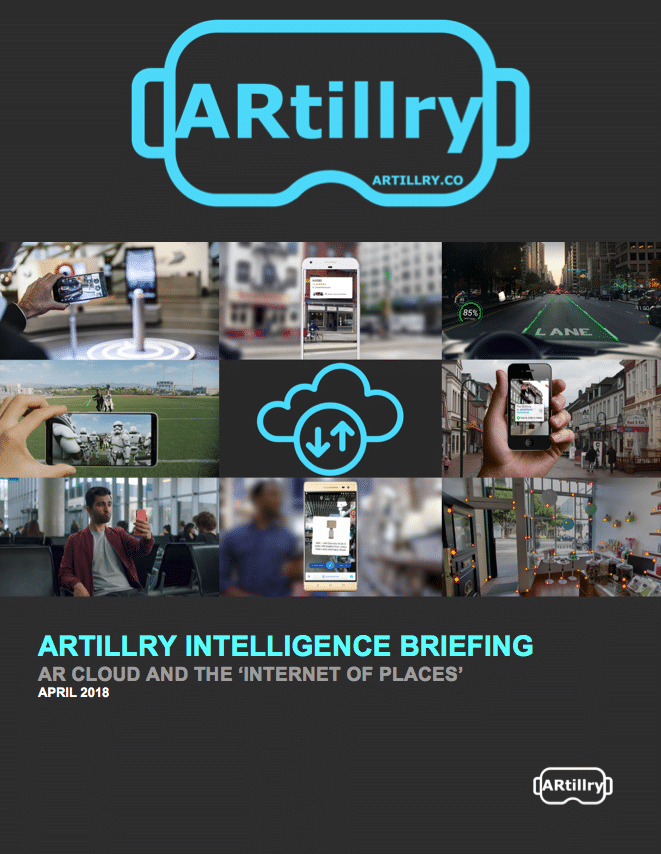
This post is adapted from ARtillry’s latest Intelligence Briefing, AR Cloud and the ‘Internet of Places.’ It includes some of its data and takeaways, including original survey research. More can be previewed here and subscribe for the full report.
One of the AR cloud’s key topics is ownership of digital assets, as explored last week. And as examined by 6D.ai’s Matt Miesnieks, the geo-relevance that defines some AR graphics renders them relatively finite. Could value therefore be driven by scarcity… just like the physical world?
Geographic positioning for AR graphical assets will be established mostly to add value in the form of location-based relevance and all the reasons we’ve examined (e.g. nearby commerce). But an important byproduct of that localization will be to create limitations through geographic scarcity.
For example, grounding digital assets in physical-world relevance could create value that’s analogous to the location-based and temporal relevance of a live event. It’s boosted by collective interest in a specific time and place, bound by finite atoms rather than infinite bits.
This contrasts the digital real estate that’s flooded and devalued digital content in the consumer Internet and smartphone eras. Banner ads for example are commoditized by ad networks and fill rates – thus driving down CPM value. Could physical bounds conversely preserve value?

An Ecosystem is Born
Speaking of value, several sub-sectors will feed the AR Cloud. Like the internet, there will be many moving parts and gaps that need to be filled (read: business opportunity). Also, like the Internet, the value chain will span enabling technologies, infrastructure, front-end software and data.
As one small representative example of the areas that will emerge – or adapt/evolve from other areas – the local search and listings industry could play a key part in “maintenance,” of the AR Cloud. This hinges on the fact that a visual-search world will place value on reliable place data.
As background, there’s a subsector of search that maintains and optimizes local business data. Including everything from structured info (name, address) to unstructured info (reviews, specials, holiday hours), it’s a lynchpin in SEO and marketing, especially for multi-location brands.
This local search and “listings optimization” area could take on new life in an AR and visual-search dominant world. It’s what we’re calling “VSEO” for visual search. This means that companies like Yext, Foursquare and Aisle411 could play a valued and lucrative part of the Internet of places.
We’re already seeing signals for this: location data analytics provider Placed was bought by Snapchat last year to infuse location relevance in its brand advertising. Snapchat has also begun to localize its successful AR products, such as a new AR version of its “geo-filters” product.
Local data providers could similarly be well positioned for a visually-oriented search future. We’re talking data sets like business details, menu items, store layouts, real-time product availability, and foot traffic-based popularity scores. These will all be key parts of the AR cloud value chain.
Meanwhile, there will be a need for 3D graphical assets, such as accurate product renderings like cars and furniture, such as what AR real estate company rooOomy is doing. The point is that there will be a broad ecosystem of supporting players in the tech stack that brings us the AR cloud.
Preview more of the report here and subscribe to ARtillry PRO to access the whole thing.
For deeper XR data and intelligence, join ARtillry PRO and subscribe to the free ARtillry Weekly newsletter.
Disclosure: ARtillry has no financial stake in the companies mentioned in this post, nor received payment for its production. Disclosure and ethics policy can be seen here.

